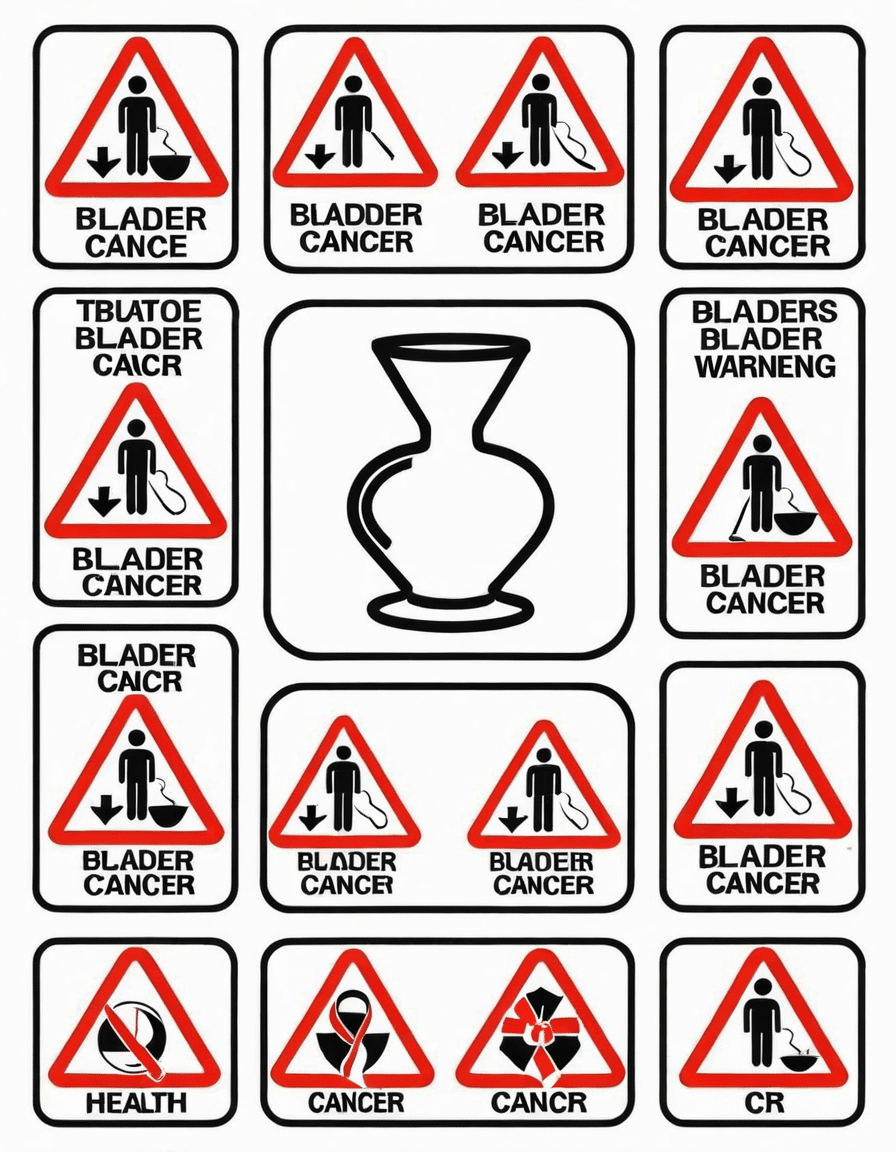When you hear the term mole definition, you might picture a small, round spot on your skin. But surprise! The mole is so much more than just a skin marking. This little skin growth, known as a nevus to the medical folks, harbors a wealth of knowledge concerning both your biology and culture.
Moles appear in different colors, sizes, and shapes that can tell you a lot about your skin health. Factors such as your genetics and exposure to sunlight influence the presence and characteristics of these little spots. Understanding this mole definition can be essential, especially as it pertains to skin health and potential skin cancer risks. So, grab your sunscreen, and let’s dive deep!
Top 5 Surprising Facts About Moles That You Didn’t Know
While many people think of moles strictly as benign bumps on their skin, here are five surprising facts that reveal the complexities and intricacies of moles:
Moles form when melanocytes, the pigment-producing cells, cluster together. This can result in patches that are darker, which might indicate genetic predispositions or outside influences like sun exposure. So before you worry about that tiny dot, realize it’s oftentimes your skin’s unique story!
Ever been out in the sun for too long? That UV radiation can be the main culprit in forming new moles. Knowing this relationship between the sun and your skin can empower you. Brands like Neutrogena and Coppertone have created superior products focusing on UV protection that help lessen the potential for new moles and are critical for a sun-smart lifestyle.
Genetics play a significant role in determining how many moles you’ll have. If your ancestors came from sunny locales, such as Australia, you might find more moles compared to those with a family history from less sunny regions. It’s almost like your skin is a family treasure map of sorts!
Keep a watchful eye! Changes in your existing moles or the emergence of new ones can act as warning signals for skin cancer, especially melanoma. Use the ABCDE rule—Asymmetry, Border, Color, Diameter, and Evolving—as a simple guide to self-check. Recognizing these signs can be essential for early detection and treatment.
Beyond health concerns, moles contribute to cultural meanings. In various societies, these skin spots may represent beauty, luck, or even misfortune. Think of Marilyn Monroe; her iconic mole turned into a beauty trademark. Isn’t it fascinating how something so simple can hold such profound meaning?
The Crucial Definition of Moles in Medical Terms
Moles also have a significant medical aspect. Through dermatoscopy, clinicians can examine skin conditions, distinguishing between benign moles and those that need more attention. This careful assessment is important for early skin cancer detection. Think about it—your next check-up could be a game changer for your health!
Getting regular skin evaluations from a dermatologist isn’t just good practice; it’s an essential part of safeguarding your health. With lives so busy, keeping skin health on the priority list might slip your mind. However, understanding the biology behind your moles can motivate you to take action for your skin’s benefit.
| Aspect | Definition |
| Biological Mole | A small, dark-brown or black spot on the skin, known as a nevus, that is formed by a cluster of pigmented cells. |
| Chemical Mole | A chemical structure that is a group of atoms bonded together, representing the smallest unit of a compound. |
| Mathematical Mole | A unit in chemistry equivalent to 6.022 x 10^23 particles (atoms, molecules, etc.), known as Avogadro’s number. |
| Unit of Measurement | Represents the amount of substance in the International System of Units (SI), often used in stoichiometric calculations. |
| Size | Biological moles can range from tiny dots to larger growths (up to 1/4 inch or more), whereas chemical moles are a quantity description, not size-specific. |
| Use in Chemistry | Critical for calculations involving reactions, stoichiometry, and determining the mass of substances in reactions. |
| Benefits of Understanding Moles | Helps in accurate chemical formulation, understanding reactions, and improving laboratory techniques and results. |
| Common Misconceptions | Moles are often mistaken purely as skin imperfections rather than important biological or chemical entities; distinction is crucial for health awareness (regarding skin moles). |
| Reporting Method | In biology, moles are diagnosed by visual inspection or dermatological assessment; in chemistry, through quantitative analysis in experiments. |
Traps Muscle and Moles: The Overlooked Connection
Believe it or not, the appearance of moles can sometimes correlate with underlying health issues like hormonal imbalances, which also play a crucial role in muscle development. Whether you’re hitting the gym for some heavy lifts or just trying to get your six-pack abs looking killer, it’s vital to keep an eye on both your skin and muscle health.
Certain nutrition plans, like Factor 75, emphasize the importance of nutrition in muscle recovery, as well as skin health. So when you’re planning that next meal, think about the link between what you eat, your workouts, and, yup, your skin! Keeping your body functioning optimally isn’t just about lifting weights; it’s a symbiotic relationship between skin, muscles, and hormones.
Nova Definition: Understanding Moles in Astrophysics
Let’s shift gears a bit and explore another side of the term “nova”. In astrophysics, a nova occurs when a star’s brightness spikes suddenly, much like how the sudden emergence of new moles can indicate changes in your skin health. Isn’t it amazing how cross-disciplinary terms create a more enriching perspective?
When we delve into these connections between various definitions, we grasp a deeper understanding of how they intertwine with our health and the larger universe. The dynamic relationship between biology and astrophysics can shed light on our ongoing quest for knowledge.
Innovative Wrap-Up
As our insights into moles evolve, so too must our awareness of skin health and its cultural implications. Moles serve as a captivating intersection between biology and culture. Whether through self-checks for health risks or understanding the meaning moles carry across societies, it’s vital to stay proactive and informed.
So the next time you’re at the beach or just out enjoying the sun, remember your mole definition. Stay aware of what’s happening on your skin while you chase your fitness goals, rock that ripped physique, and enjoy life to its fullest!
Mole Definition That Will Surprise You Today
The Science Behind Moles
When we talk about mole definition, it’s not just about those pesky little skin blemishes some folks have! In chemistry, a mole is a unit that represents a specific number of particles, typically atoms or molecules. Crazy, right? One mole contains approximately (6.022 \times 10^{23}) particles, making it easier for scientists to measure and understand chemical reactions. If you’ve ever wondered how Sarah Jean Underwood has captivated audiences with her radiant style, think of it as her own unique “mole” in the entertainment world—a unit of charm that draws in fans by the millions!
Moles in Pop Culture
Switching gears, consider the cultural usage of the word “mole.” It can refer to a spy, often lurking in plain sight, much like a hairstyle that remains stylish over decades, like the mullet faded cut. Both deliver a blend of nostalgia and intrigue—what a dynamic duo! Just like a well-crafted scene in Sam Heughan movies and TV shows, these definitions of moles play a critical role in storytelling and character development.
Moles in Health and Nutrition
And hey, let’s not forget about health! Skin moles can sometimes be linked to sun exposure and skin conditions. Did you know that as folks become more aware of their health, they’re also delving into the benefits of various supplements? For instance, CoQ10 is often discussed in health circles for its benefits, but like any supplement, it can have its coq10 side effects too. When it comes to diet, foods like white bean soup are hailed for their health benefits, showcasing how nutrition can play a role in skin health.
In summary, the mole definition reaches far and wide across different fields. Whether you’re exploring science, enjoying a classic hairstyle, or keeping up with health trends, there’s always more than meets the eye. As we dive deeper into the fascinating world of moles, we’re only scratching the surface!


























